Looking for a Cuddly Cat? A Realistic Guide to the Most Affectionate Breeds
After a couple of decades spent working with cats in every setting imaginable—from bustling animal shelters to consulting with professional breeders—I’ve pretty much seen it all. I’ve worked with thousands of cats, from the terrified ones who learn to trust again to the confident ones who practically own any room they enter. And the biggest myth I hear, time and time again, is that cats are aloof and don’t really love you. That’s just not true. Cats just have a different love language than dogs.
In this article
- What’s the Secret Sauce for a Cuddly Cat?
- The Ragdoll: The Definition of a Gentle Companion
- The Maine Coon: America’s Gentle Giant
- The Siamese: The Brilliant, Demanding Friend
- The Persian: The Serene, High-Maintenance Beauty
- The Bombay: The Sleek, Social House Panther
- How to Choose: The Breeder vs. Shelter Question
- Lesser-Known Trick: How to Spot a Cuddly Cat at the Shelter
- A Final Thought
- Inspirational Gallery
A cat’s affection is often quieter, a little more subtle. It’s the slow blink from across the room, which is basically a kitty kiss. It’s the gentle head-butt against your ankle, marking you as their own. It’s that deep, rumbling purr that vibrates through your whole body when they finally curl up on your lap. Learning to read these signs is the first step.
The second step? Realizing that a cat’s personality is a mix of their background and their upbringing. Sure, breed can give a cat certain tendencies, but their early life experiences are just as critical. If you’re really hoping for a super-affectionate companion, looking at specific breeds is a great starting point. But—and this is a big but—choosing one of these cats comes with real responsibilities. Their need for attention isn’t a cute quirk; it’s a fundamental need for their happiness. This isn’t about finding a beautiful accessory; it’s about choosing a family member for the next 15 to 20 years.
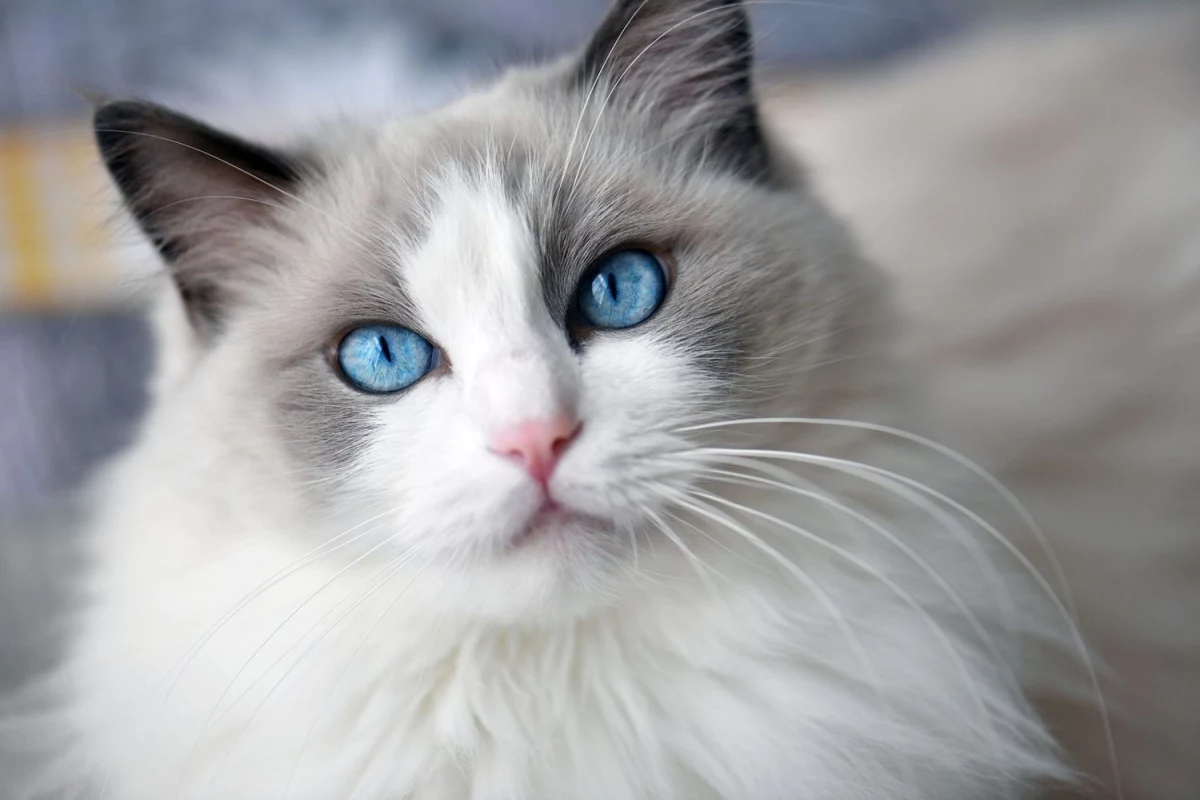
What’s the Secret Sauce for a Cuddly Cat?
Before we dive into specific breeds, let’s talk about what actually makes a cat affectionate. It’s a cocktail of genetics, brain chemistry, and crucial early life lessons. Good breeders aren’t just trying to create pretty cats; they are carefully selecting for stable, friendly temperaments. It’s a thoughtful process of selective breeding that reinforces social traits over generations.
The most important time in a cat’s life is the kitten socialization period, which happens roughly between three and nine weeks of age. A kitten’s brain is like a sponge during this window. Kittens that are gently handled by different people learn that humans are a source of comfort. Those exposed to normal household chaos—like the dreaded vacuum cleaner—grow into much more confident adults. A great breeder or foster parent knows this is non-negotiable. A kitten that misses out on this early education can be fearful and anxious for its entire life.
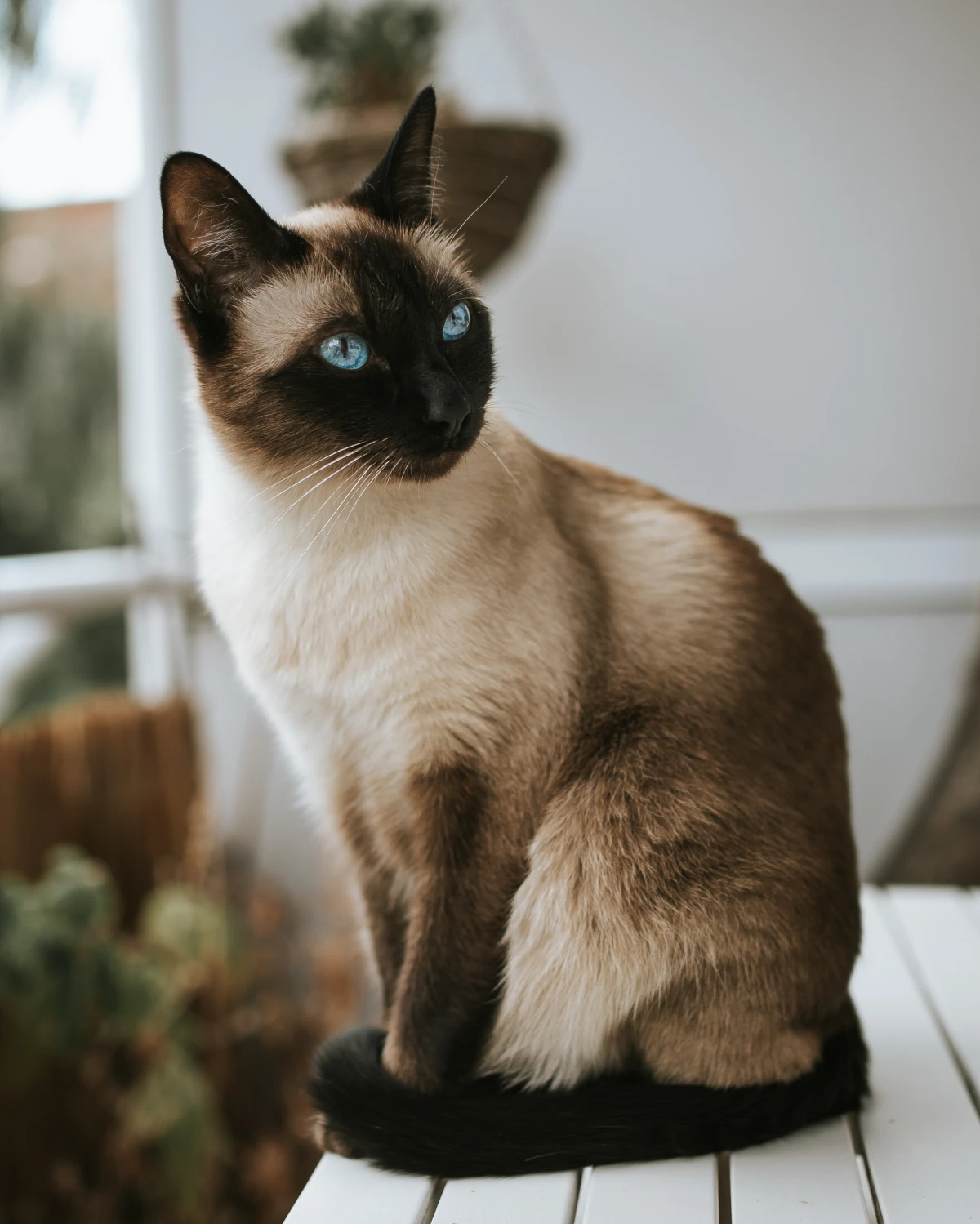
Oh yeah, and there’s a chemical reason for that cozy feeling, too. When you pet a cat and it purrs, both of your brains can release oxytocin, the “bonding hormone.” It literally lowers stress and builds trust. When a cat rubs its cheeks on you (a behavior called “bunting”), it’s depositing pheromones. It’s a profound gesture that says, “You are part of my family.” Pretty cool, right?
The Ragdoll: The Definition of a Gentle Companion
The Ragdoll is probably the most famous of the super-cuddly breeds. Its origin story is unique; the breed was developed by selectively breeding a domestic longhair with other exceptionally placid cats. The goal was to create a cat with an incredibly gentle and calm personality. The name “Ragdoll” comes from their well-known tendency to go limp and relaxed when you pick them up.
Temperament and Living With Them
I’ve handled a lot of Ragdolls, and their reputation is spot-on. They are large, serene, and incredibly patient. They genuinely seem to crave human company, often following their people from room to room just to be involved. Many call them “puppy-cats” because they can learn to play fetch and don’t mind walking on a harness. But here’s a heads up: that famous limpness requires caution. I’ll never forget the time I saw a well-meaning child drop a relaxed Ragdoll because they weren’t taught to support its back legs. You MUST teach everyone in the house to hold them correctly: one hand under the chest, the other supporting their hindquarters.
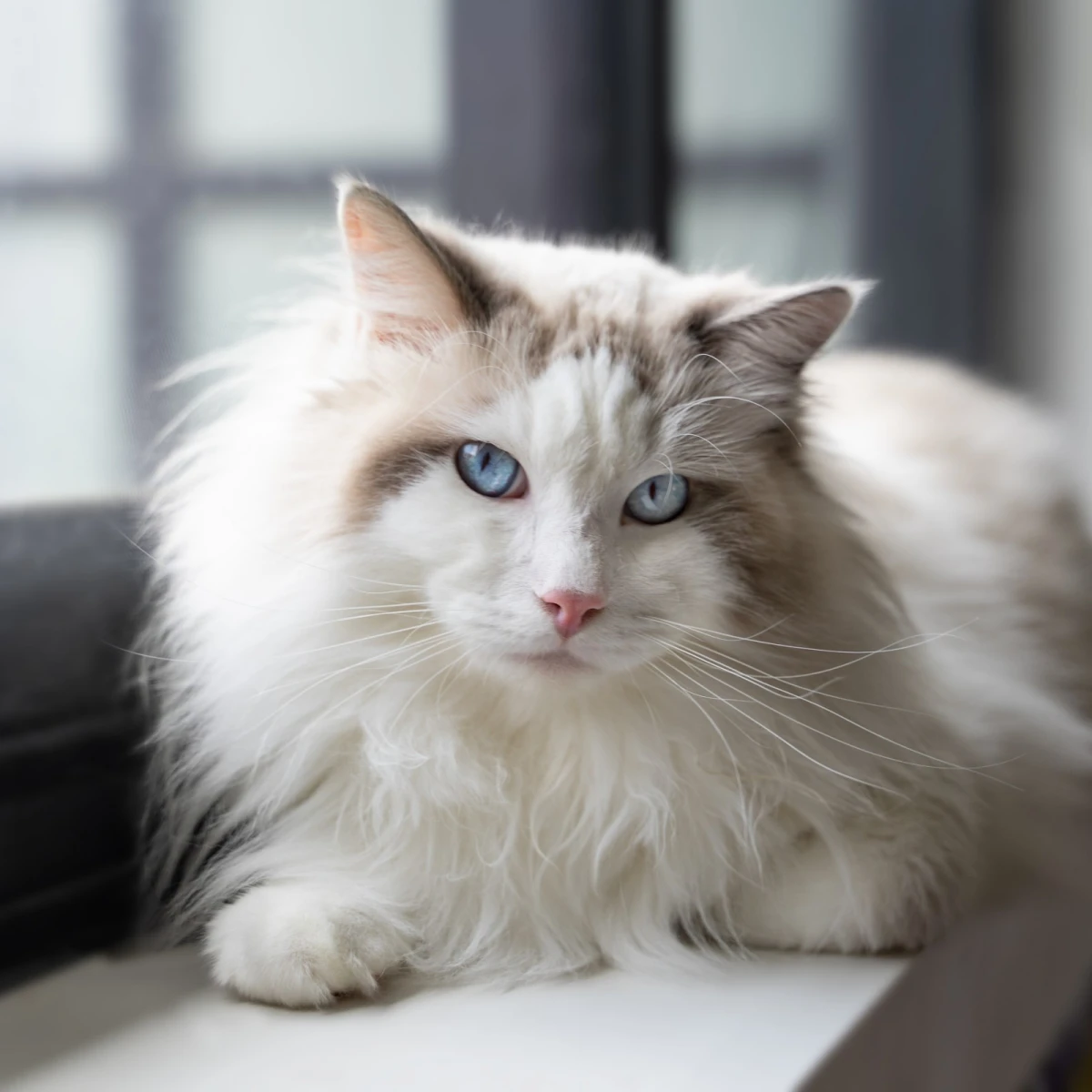
Grooming and Health (The Important Stuff)
Their coat is gorgeous—medium-long and silky. While it’s less prone to matting than some other long-haired breeds, it’s not mat-proof. You’ll need to comb them at least twice a week, focusing on friction spots like under their legs and on their belly. A simple steel “greyhound” comb (about $20 online) is the best tool for this. Now, for the serious talk. Ragdolls are prone to a heart condition called Hypertrophic Cardiomyopathy (HCM) and Polycystic Kidney Disease (PKD). A responsible breeder screens for these. They should be transparent and show you the genetic test results for a kitten’s parents. If they get defensive, walk away. The potential for future heartache and massive vet bills is too high. An initial cardiac screening for HCM can run you $300-$600, with ongoing medication potentially costing $50+ a month.
- Who is this cat NOT for? Someone who wants a very independent cat. A Ragdoll needs and wants to be part of the family action.
- Good for apartments? Yes, they are fantastic for apartment living due to their calm, easy-going nature.
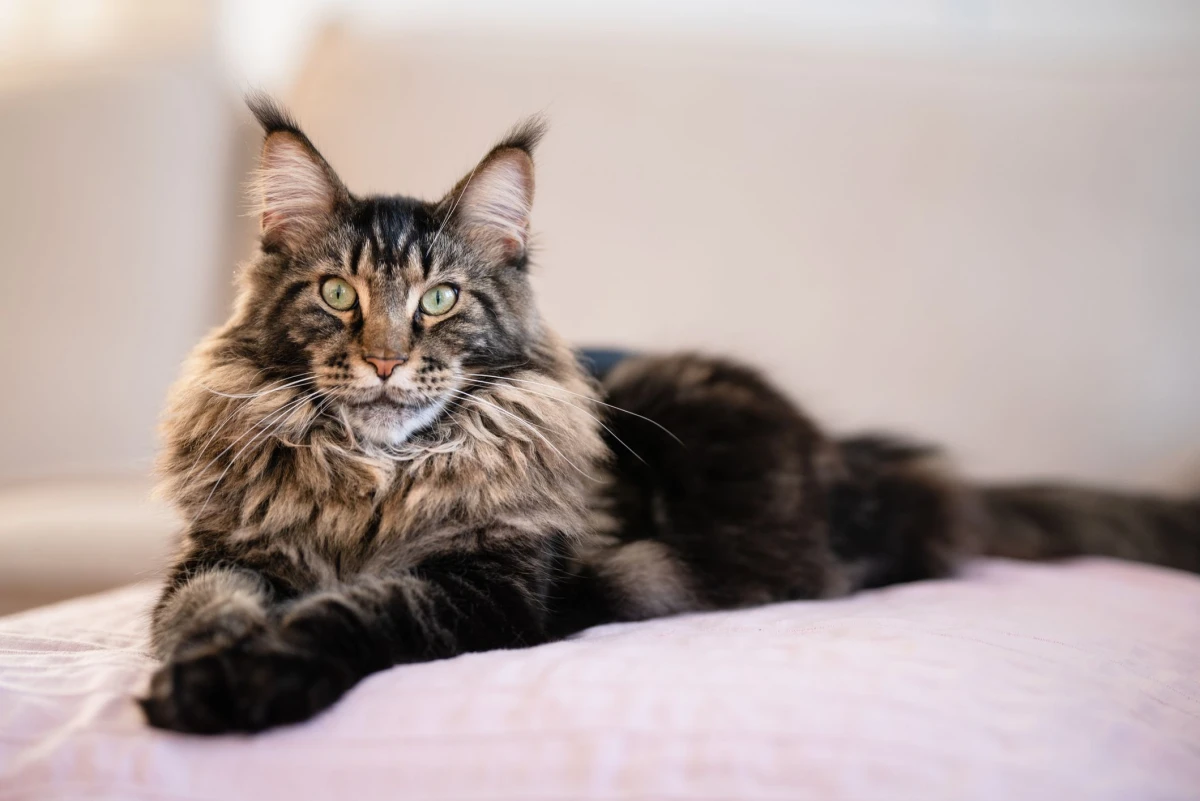
The Maine Coon: America’s Gentle Giant
The Maine Coon is a native American longhaired cat, naturally designed to survive harsh northern climates. Their huge size, shaggy fur, and rugged looks are all products of natural selection. But despite that wild appearance, they have one of the most stable and friendly personalities in the cat world.
Temperament and Living With Them
Maine Coons are absolute sweethearts. Males can easily reach 15 to 25 pounds, and they are famously good-natured with kids and other pets. They aren’t typically lap cats, though; they’d rather sit beside you than on you, like a furry companion. They’re also known for their unique sounds—instead of a normal meow, they often communicate with a series of adorable chirps and trills.
Big Cat, Big Needs
Their size requires some special gear. You’ll need an extra-large, sturdy litter box—look for one that’s at least 22 inches long and 16 inches wide. A regular one will feel like a tiny porta-potty to them! They also need a very robust cat tree. I’ve seen cheap ones topple under the weight of a playful Maine Coon, so please, invest in a quality one. A good, sturdy tree will cost you between $150 and $300, but it’s a safety essential. Their shaggy coat needs a good combing a couple of times a week.
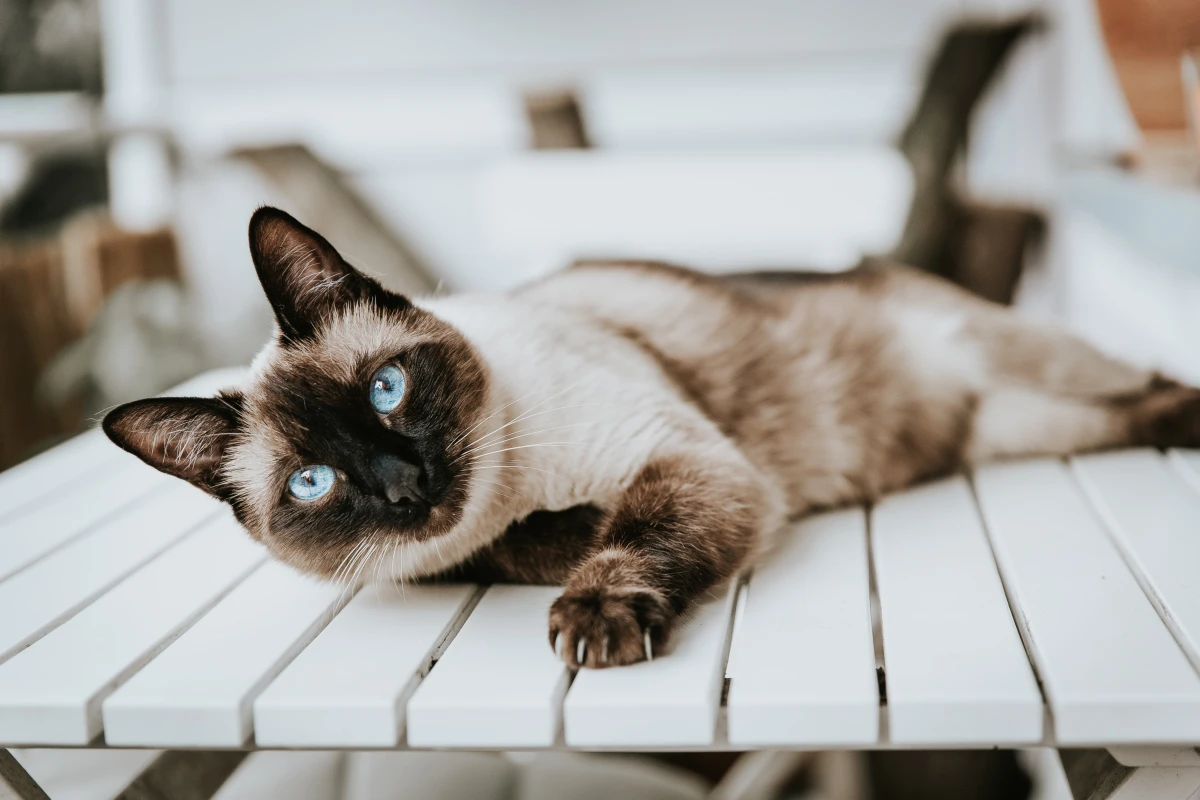
Health Considerations
Like Ragdolls, Maine Coons have a known risk for HCM, so genetic screening is a must. Because of their large size, they are also prone to hip dysplasia, a painful joint issue. A good breeder will have their cats’ hips evaluated. Keeping them at a healthy weight is crucial to protect their joints.
- Who is this cat NOT for? Someone with a tiny living space who can’t accommodate a giant litter box and a huge cat tree.
- Good for apartments? They can adapt, but only if you provide plenty of vertical space (like that big cat tree) for them to climb and stretch.
The Siamese: The Brilliant, Demanding Friend
This is an ancient breed with a history of being treasured in temples. Their slim body, striking colorpoint coat, and piercing blue eyes are iconic. But their most defining trait? Their personality. It’s a lot.
Temperament and Living With Them
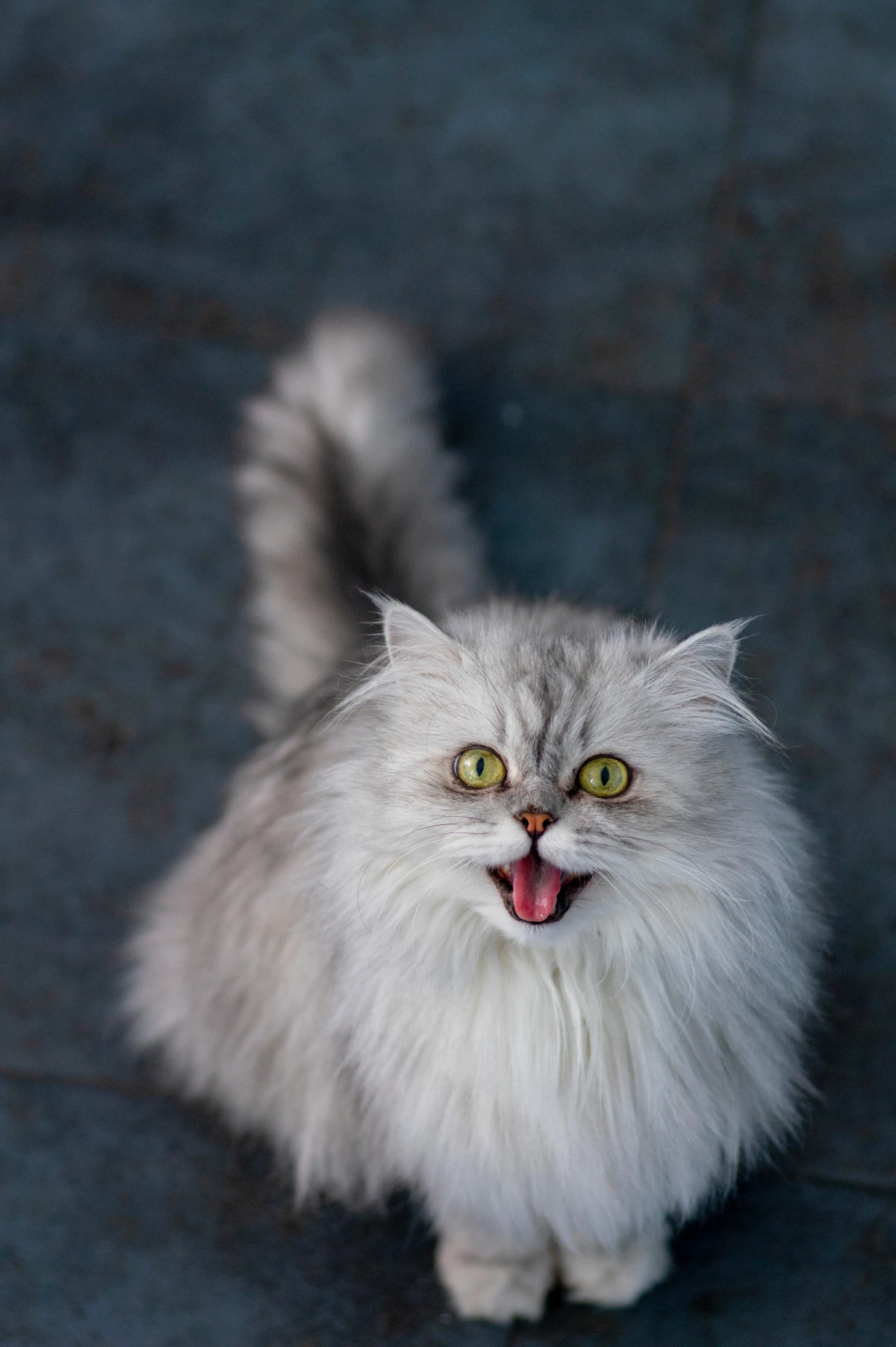
A Siamese craves a deep, one-on-one bond. They are off-the-charts intelligent, intensely curious, and extremely social. Living with one is like having a very talkative, nosy roommate who follows you everywhere and wants to know everything you’re doing. For the right person, this is an incredible, engaging relationship. For someone wanting a quiet, independent cat, it can be a total nightmare. Their loud, distinct meow is something you’ll either love or… not.
Keeping Them Busy
Because they’re so smart, they need a job. Puzzle feeders that make them work for their food are a godsend. Interactive wand toys are a must. If you don’t give their brain an outlet, they’ll create their own fun, like opening all your kitchen cabinets or methodically unspooling every roll of toilet paper in the house. Their short coat, by the way, is super easy—a quick brush once a week is plenty.
Health Considerations
The push for a very slender body and sharp, wedge-shaped head in the modern version of the breed can sometimes lead to dental or respiratory issues. They’re also predisposed to certain eye problems and asthma. Always ask a breeder about their health screening practices for these conditions.
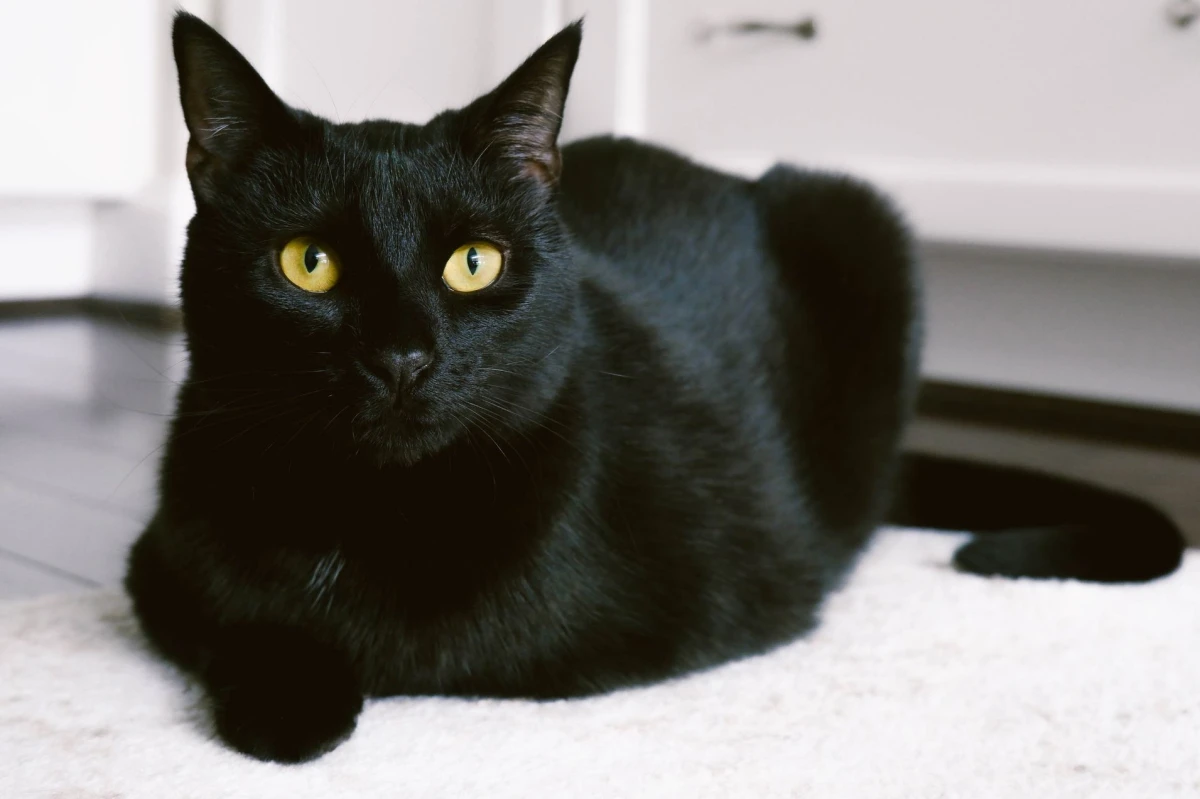
- Who is this cat NOT for? Someone who works 12-hour days or truly values a quiet, peaceful home. A lonely Siamese is a loud, often destructive Siamese.
- Good for apartments? Yes, provided their human is home a lot to give them the attention and mental stimulation they desperately need.
The Persian: The Serene, High-Maintenance Beauty
The Persian is a picture of tranquility, with a long, flowing coat and a sweet, gentle face. They are perfectly content to be a living work of art, decorating your sofa and accepting gentle pets. But let me be crystal clear: this beauty comes with a serious commitment to daily care.
Temperament and Living With Them
Persians are calm, quiet, and sweet. They thrive in a peaceful home and aren’t big on climbing or jumping. Their idea of a great day is snoozing in a sunbeam. Their affection is subtle; they won’t demand your attention, but they will be a constant, warm, and comforting presence. They are generally good with gentle kids but are not built for a rough-and-tumble life.
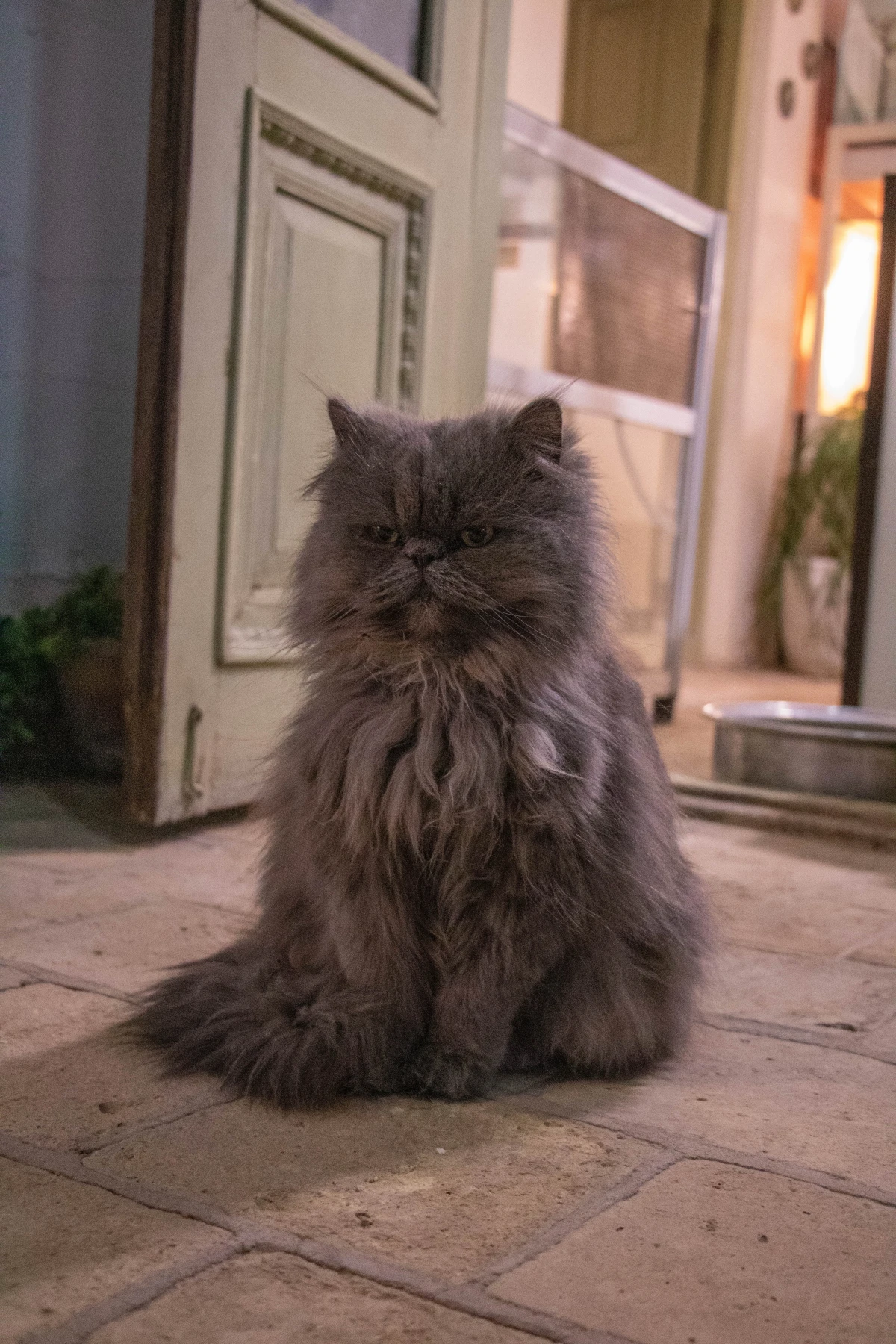
Grooming Is Non-Negotiable
I can’t stress this enough: a Persian needs to be groomed every single day. Their long, thick double coat will form painful mats if you neglect it for even a day or two. These mats pull on the skin and can cause nasty infections. You absolutely must have a good grooming kit.
Quick Tip: Your Persian Starter Kit should include: A steel “greyhound” comb (about $20), a slicker brush ($15), and gentle pet eye wipes ($10). Their flat faces also mean their eyes tear constantly, so you’ll need to wipe their face daily to prevent skin irritation.
Health Considerations
That flat face (brachycephalic) is the source of most of their health issues, including breathing difficulties and dental problems. They are also at a very high risk for PKD. Thankfully, genetic testing has helped responsible breeders reduce its prevalence, but you must ask for proof that the parents are PKD-negative.
- Who is this cat NOT for? Anyone who finds daily chores a burden. If you can’t commit to 15 minutes of grooming every single day, without fail, this is not the cat for you.
- Good for apartments? They are the PERFECT apartment cat. Their low-energy, placid nature means they are happy and content in a smaller space.
The Bombay: The Sleek, Social House Panther
This stunning cat is a more modern breed, developed by a breeder who wanted to create a miniature black panther. They achieved this by crossing a black American Shorthair with a sable Burmese. The result is a cat with a sleek, patent-leather black coat and mesmerizing gold or copper eyes.
Temperament and Living With Them
Bombays are the whole package: they blend the easy-going nature of the American Shorthair with the people-centric personality of the Burmese. They’re social, playful, and smart. They form strong bonds with their families and tend to get along with everyone—kids, dogs, you name it. They’re often called “velcro cats” because they love to be right in the middle of whatever is happening. They are less demanding than a Siamese but more interactive than a Persian, hitting a sweet spot for many families.
Grooming and Health
Their signature short, glossy coat is incredibly low-maintenance. A weekly rubdown with a rubber curry brush is all it takes to keep them looking sharp. That’s it! They are generally a very healthy breed, but because of their Burmese roots, a reputable breeder will still be mindful of a few potential issues like HCM.
- Who is this cat NOT for? To be frank, they’re a great fit for almost anyone. But if you truly want a hands-off, independent pet, their “velcro” tendencies might be more than you bargained for.
- Good for apartments? Absolutely. They are social and playful but don’t need a massive amount of space, making them fantastic apartment pets.
How to Choose: The Breeder vs. Shelter Question
Okay, so you’ve got a breed in mind. Now for the most important choice: where you get your cat. Let’s talk about money first. Getting a purebred kitten from a reputable breeder is an investment. Expect to pay anywhere from $1,200 to over $2,500, depending on the breed and lineage. This price reflects the cost of health screenings, quality food, and proper care.
A responsible breeder raises kittens in their home, socializes them constantly, and performs all the necessary health and genetic tests. They won’t let a kitten go home before it’s 12-14 weeks old. If a breeder seems cagey, won’t let you see where the cats live, has no vet records, or wants to meet you in a parking lot—these are giant red flags. Run.
Lesser-Known Trick: How to Spot a Cuddly Cat at the Shelter
Can’t afford a purebred? Don’t worry! Shelters are full of amazing cats, including purebreds who lost their homes and, more importantly, mixed-breed cats with fantastic personalities. Here’s what to look for:
- The Greeter: Look for the cat that comes to the front of the cage when you approach. A head-butt against the bars is a fantastic sign.
- The Purr Machine: Start talking to the cats in a calm, gentle voice. The one that starts purring just from your attention is showing a desire to connect.
- The Slow Blinker: Make eye contact and then slowly close and open your eyes. If a cat does it back, that’s a huge sign of trust and affection.
- Ask the Experts: The shelter staff and volunteers know these cats best! Tell them you’re looking for a “lap cat” or a “shadow,” and they can point you to the right candidates.
A Final Thought
Choosing a breed known for affection gives you a head start, but it’s only a start. The incredible bond you’re looking for depends on you—on your patience, your respect for their needs, and the loving home you provide. The most affectionate cat in the world isn’t a breed you can buy; it’s the one you take the time to truly understand and love for the unique individual it is.
Disclaimer: This information is based on years of professional experience and recognized breed standards. It is not a substitute for veterinary medical advice. Always consult your veterinarian for your cat’s specific health needs.
Inspirational Gallery
Is purring the only sign of deep contentment?
While a rumbling purr is the classic soundtrack of a happy cat, also look for the
Cats have scent glands on their cheeks, forehead, chin, and at the base of their tail.
When a cat rubs its face against you or bunts you with its head, it’s doing more than just saying hello. It’s depositing pheromones, marking you as a safe and essential part of its family. This
A word of caution: An extremely affectionate cat, often called a
For long-haired affectionate breeds like Ragdolls or Persians, grooming is not a chore but a vital bonding activity. Regular brushing prevents painful matting and reinforces your role as a trusted caregiver.
- A steel comb to gently work through tangles.
- A slicker brush for removing loose undercoat.
- A de-shedding tool, like the FURminator, used sparingly to manage heavy shedding seasons.
Ethical Breeder: You gain predictability in temperament and health screenings. Look for breeders registered with TICA or CFA who raise kittens underfoot, not in cages, and who insist you meet the kitten’s parents.
Shelter Adoption: You can often find adult cats whose personalities are already known. Ask the shelter staff about a cat’s history and look for one described as a
- Reduces boredom and destructive behaviors.
- Builds confidence in timid cats.
- Satisfies their natural hunting instincts.
The secret? Interactive feeding. Ditch the simple bowl and use a food puzzle or even a DIY one from a cardboard tube. Making your cat
A cat’s mood is intrinsically linked to its health. A diet rich in high-quality, meat-based protein supports stable energy levels and overall well-being. When a cat feels good physically, it’s more likely to be playful and affectionate. Brands like Orijen or Acana focus on biologically appropriate recipes that can make a noticeable difference in a cat’s disposition.
One of the biggest mistakes an owner can make is forcing interaction. Never pick up a cat that is trying to walk away or hold it tightly against its will. This breaks trust. Instead, sit on the floor and let it approach, sniff, and eventually, choose your lap. Patience is the currency of feline affection; earning it is far more rewarding than demanding it.
- A soft, plush bed with raised sides for security, placed in a quiet but social corner of the house.
- A dedicated perch near a window for sunbathing and observing the world.
- A fleece blanket that carries your scent.
- Consider a low-wattage heated pet mat, like those from K&H Pet Products, for ultimate cozy comfort.










